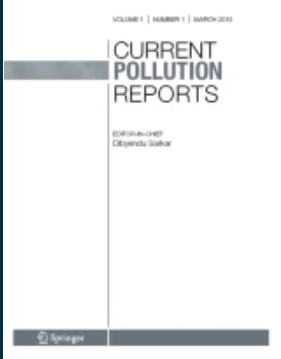Mobilization of Per- and Polyfluoroalkyl Substances (PFAS) in Soils: A Review
Abstract
Abstract
Purpose of Review
Soils can receive a considerable amount of perfluoroalkyl and polyfluoroalkyl substances (PFAS) via different contamination pathways. Remediating PFAS-contaminated soils is primarily limited to immobilization whereby the concentration of PFAS remains practically unaffected. Other remediation techniques include chemical and thermal methods, which are typically associated with very high costs and substantial energy usage requirements. A more cost-effective approach, however, could be to mobilize PFAS from the bulky soil to a medium (e.g., water, sorbents, plants) that can be sequentially treated or properly disposed of.
Recent Findings
Soil washing, soil flushing, and liquefractionation are particularly promising mobilization approaches for treating permeable soils by desorbing the PFAS into a solution that can be subsequently treated, with liquefractionation generating the least wastewater volume. For cohesive soils, however, electrokinetic remediation would be more suitable for mobilizing PFAS. Another option could be phytoremediation, resulting in the confinement of PFAS in a small volume of plant parts which can be thermally converted into a valuable product, such as biochar, whereby PFAS is either adsorbed onto the carbonaceous matter or destroyed depending on the temperatures adopted.
Summary
This review thoroughly discusses all mobilization techniques that can be used for treating PFAS-contaminated soils, while investigating the possibility of combining such techniques with other approaches to enhance the treatment efficiency. Unfortunately, research on coupling mobilization methods with other remediation techniques for treating PFAS-contaminated soils is significantly lacking, and thus, additional studies on the effectiveness of such hybrid approaches should be carried out while providing cost estimations in terms of removal efficiencies, process longevity, and waste regeneration or disposal.


 求助内容:
求助内容: 应助结果提醒方式:
应助结果提醒方式:


